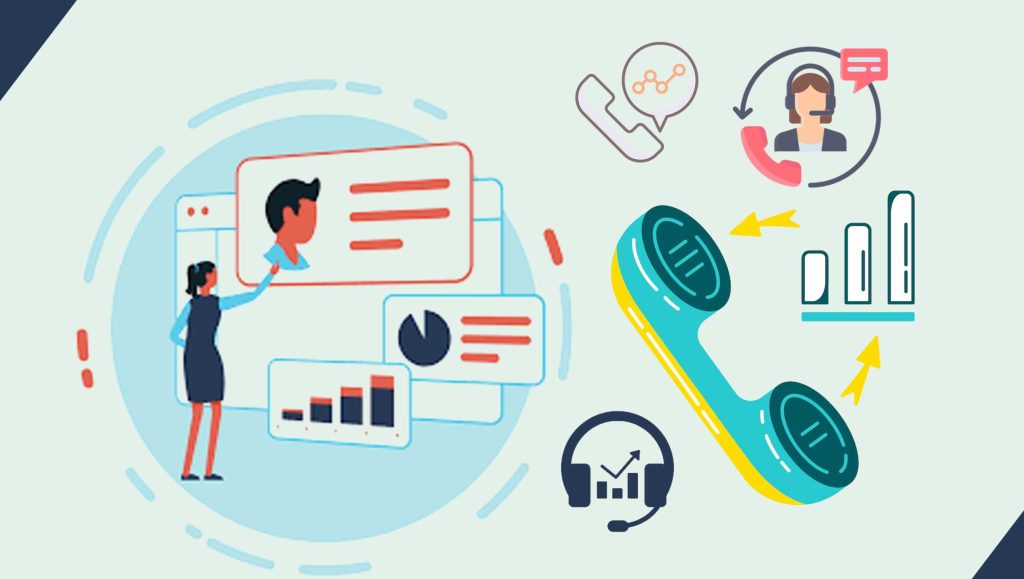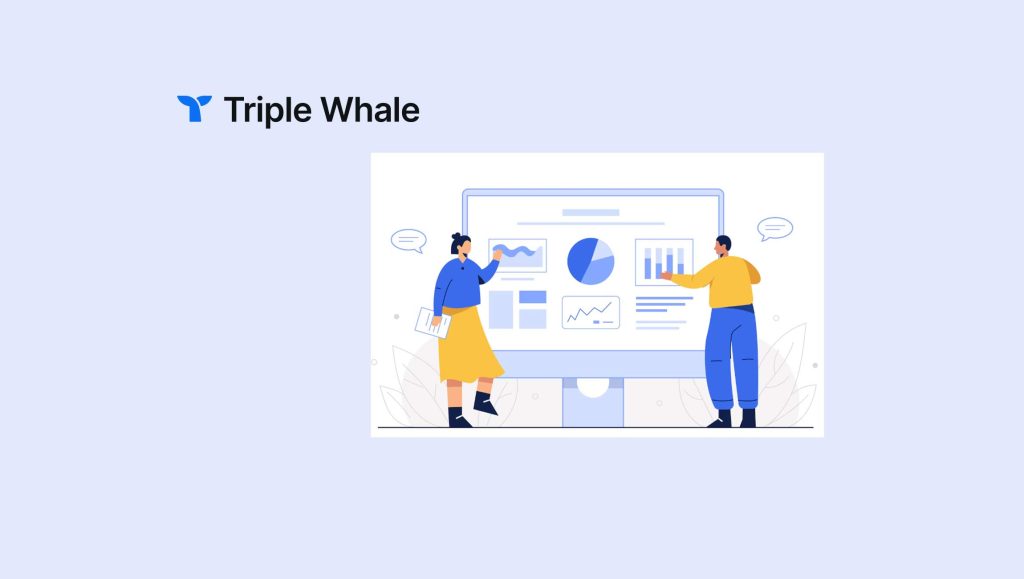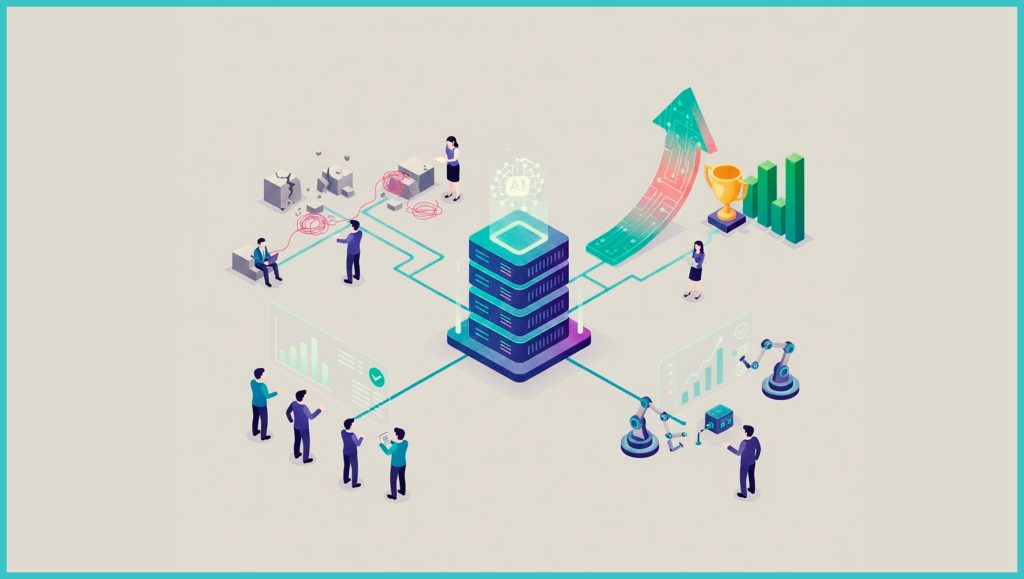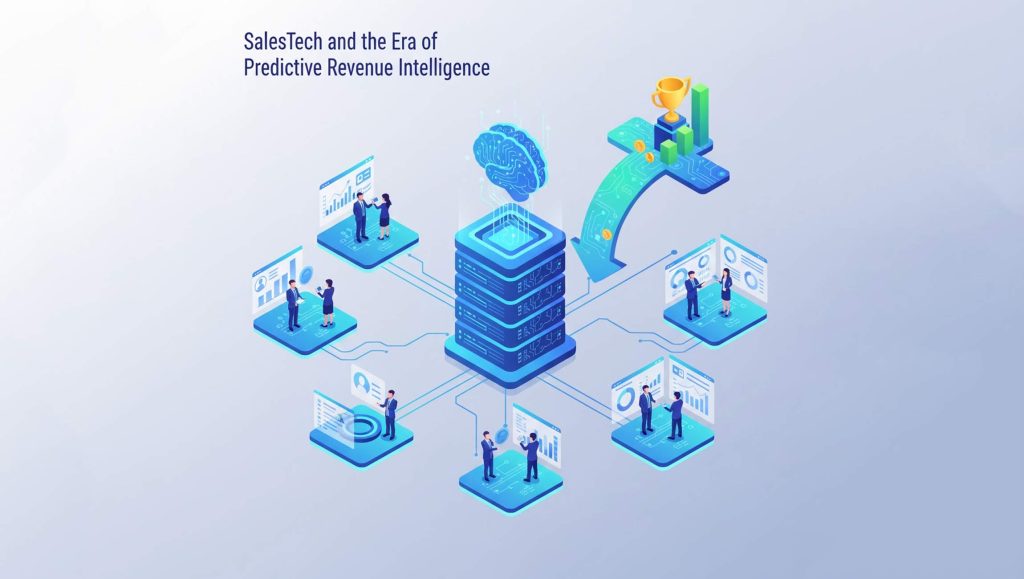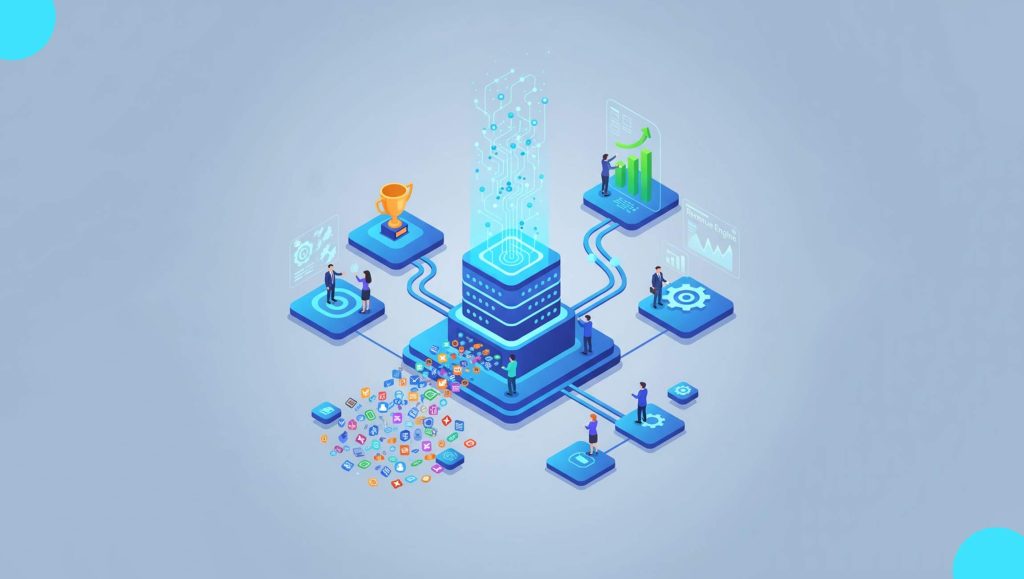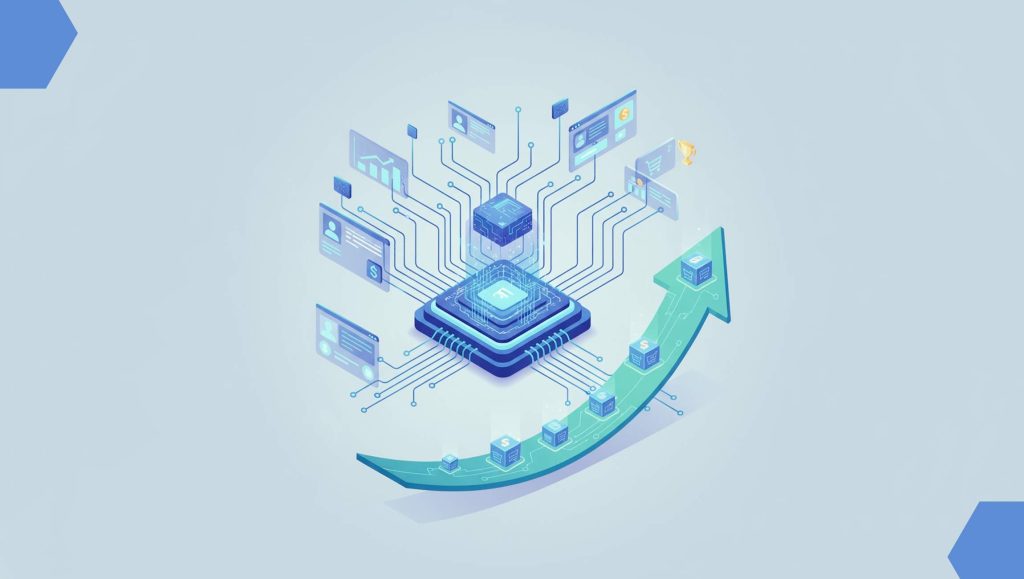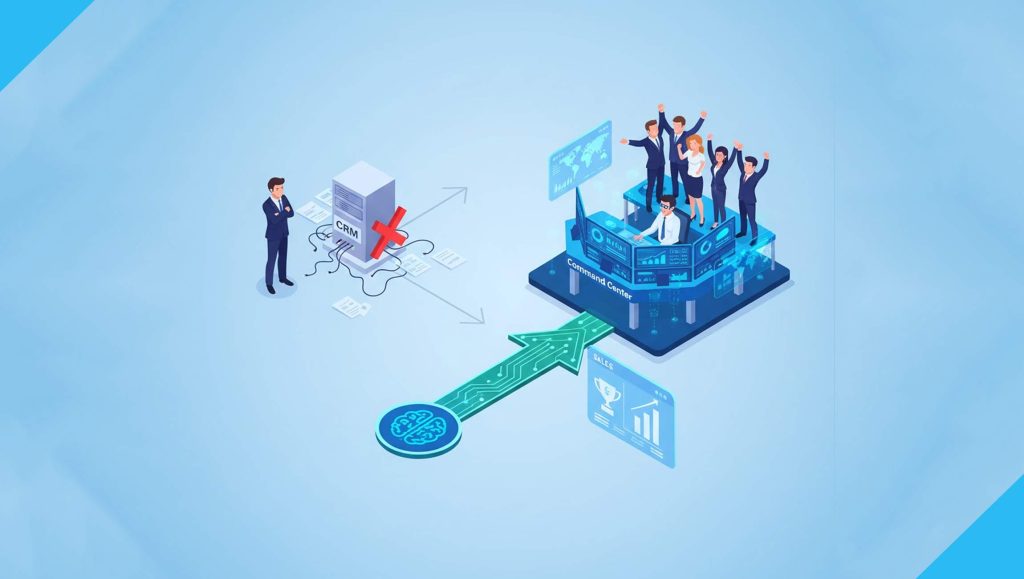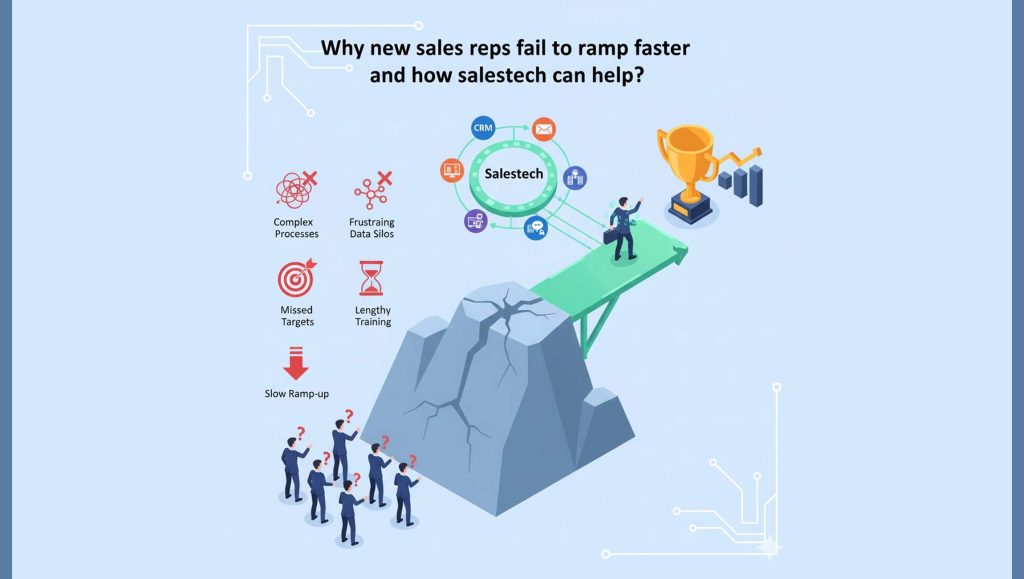Call analytics data, at its core, is a treasure trove of information captured during customer calls. It encompasses various metrics such as call duration, caller location, call source, and much more. This data, when analyzed effectively, can provide profound insights into customer behavior, preferences, and pain points.
In the context of call centers, it serves as a powerful tool to enhance customer service, improve operational efficiency, and drive business growth. As we delve deeper into the era of data-driven decision-making, understanding and effectively evaluating call analytics data has become more than just a necessity—it’s a strategic imperative for every call center today.
More Insights from The SalesStar Podcast
Episode 207: B2B Tech Marketing and B2B Tech Sales Alignment: with Eric Williamson, CMO at CallMiner
Unlocking the Power of Call Analytics Data
Analyzing call analytics data is crucial in today’s data-driven world. It provides a wealth of insights that can transform the operations and success of call centers. Here are five reasons why it is important:
1. Enhanced Customer Experience:
Analyzing call data helps understand customer needs and preferences, enabling call centers to tailor their services for an improved customer experience.
2. Operational Efficiency:
Call analytics data can highlight areas of inefficiency, helping call centers to streamline their operations, reduce hold times, and improve customer satisfaction.
3. Performance Monitoring:
Call analytics allows for real-time monitoring of agent performance. This can aid in identifying training needs and improving overall call center performance.
4. Data-Driven Decision Making:
With call analytics, decisions are no longer based on intuition. Instead, they are backed by data, leading to more effective strategies and better outcomes.
5. Cost Savings:
By identifying the most effective marketing channels and improving operational efficiency, call analytics can lead to significant cost savings for call centers.
Read More: SalesTechStar Interview with Andy Brabender, CRO of Rootstock Software
Best Practices for Analyzing Call Analytics Data
Effectively analyzing call analytics data can be a game-changer for call centers. It can provide invaluable insights that can drive operational efficiency and customer satisfaction. Here are seven tips to help you analyze call analytics data effectively:
1. Set Clear Objectives:
Before diving into the data, define what you want to achieve. This will guide your analysis and help you focus on the most relevant data.
2. Use the Right Tools:
Invest in a robust call analytics platform that can collect, analyze, and visualize data in a way that’s easy to understand and act upon.
3. Understand the Metrics:
Familiarize yourself with key call analytics metrics such as call volume, call duration, first call resolution, and others. Understanding these metrics is crucial for effective analysis.
4. Segment Your Data:
Break down your data into segments based on various parameters like demographics, call source, time of call, etc. This can provide more granular insights.
5. Monitor Trends:
Keep an eye on trends in your call data. This can help you spot issues early and take proactive measures.
6. Leverage AI and Machine Learning:
AI and machine learning can analyze large volumes of data quickly and accurately, uncovering insights that might be missed in manual analysis.
7. Act on Insights:
Data analysis is only as good as the actions it drives. Use the insights from your call analytics data to improve your call center operations and customer experience.
Deciphering Call Analytics Data: Its Significance in Today’s Call Centers
In the era of data-driven decision-making, analyzing call analytics data has become a strategic imperative for call centers. Here’s why it holds paramount importance:
1. Enhanced Customer Service:
Call analytics data provides insights into customer behavior and preferences, enabling call centers to tailor their services and enhance customer satisfaction.
2. Operational Efficiency:
By identifying bottlenecks and areas of inefficiency, call analytics data helps streamline operations, reducing hold times and improving overall efficiency.
3. Performance Monitoring:
Call analytics data allows for real-time monitoring of agent performance, helping identify areas of improvement and training needs.
4. Data-Driven Decision Making:
With call analytics, decisions are no longer based on intuition. They’re backed by data, leading to more effective strategies and better outcomes.
5. Cost Savings:
By identifying the most effective marketing channels and improving operational efficiency, call analytics can lead to significant cost savings for call centers.
6. Competitive Advantage:
In a competitive business landscape, call analytics data provides a competitive edge by enabling call centers to stay ahead of customer expectations and industry trends.
Call analytics data is a goldmine of insights that can transform the way call centers to operate today. By effectively analyzing this data, call centers can enhance customer service, improve operational efficiency, and make data-driven decisions. As you move forward in this data-driven era, the ability to decipher and leverage call analytics data will be a key differentiator. The future belongs to those who are ready to embrace this change and turn data into actionable insights. So, you must gear up and harness the power of call analytics data to drive growth for your call centre.
Read More: Beyond Plain Text: Do Embellished Emails Help Transform Cold Outreach?


